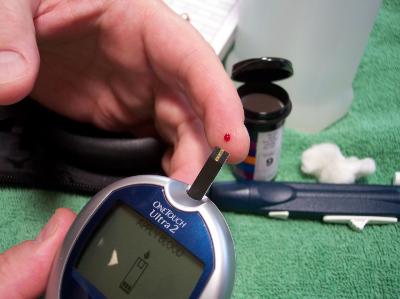Cholesterol molecule
It is well known that we have to be careful with what foods we eat, remembering to stay healthy and eat our fruits and vegetables. Diets high in fat can create serious health issues such as obesity, high cholesterol, and possibly Type 2 diabetes. Also on that list of related health problems is cardiovascular disease, which is characterized by blood clots, due to fat and plaque build-up in blood vessels, and can lead to a heart attack or stroke. Previous research has implied a connection between the microbiome and cardiovascular disease, due to the microbiome’s effect on production of a molecule called trimethylamine N-oxide (TMAO). As of yet, no research has been done to track the association between the microbiome and lipid (fat) build-up, so this is precisely what researchers published in Circulation Research set out to do.
The scientists located in The Netherlands, Poland, and Massachusetts, collected blood cholesterol measurements from 1500 LifeLines-DEEP subjects. LifeLines-DEEP is a collection of subjects used for assessing various health issues. Ethnic outliers and genetically related participants were removed from the study. Fecal samples were collected from 1180 participants, and sequenced. By the end of the data collection, 99 participants were excluded for reasons such as antibiotic use, or use of potentially microbiome-altering medications. In total there was a final number of 893 participants (380 men and 513 women) for which cholesterol samples, microbiome samples, and genotypic information was obtained. The participants included a wide range of age, BMI, and blood lipid levels.
The researchers found that gut microbiome species richness was significantly higher in women, and increased with age. Microbial richness was positively correlated with high density lipoproteins (HDL, the 'good cholesterol'), not correlated with low density lipoproteins (LDL, the bad cholesterol), and negatively correlated with body mass index (BMI). For example, the study confirmed that lower abundances of kingdom Archaea, families Christensenellaceae and Rikenellaceae, class Mollicutes, and genus Dehalobacterium are associated with high BMI. It was estimated that the microbiome could explain 4.57% to 65 of variation in BMI, triglyceride and HDL. No link was found between the gut microbiome and genetic predisposition to obesity of high blood lipid levels.
One hypothesis raised by the researchers is that bacteria potentially try to correct lipid imbalances, thereby helping to prevent cardiovascular disease. The strong associated between the gut microbiome and BMI and blood lipid levels – regardless of age, sex, and genetics – suggests that the microbiome does indeed play a role, if indirectly, in cardiovascular disease and other fat-related issues. 34 gut bacteria were found to be associated with BMI and blood lipids. There is a real potential for the utilization of this information in health therapies, such as blood clot and stroke prevention.


